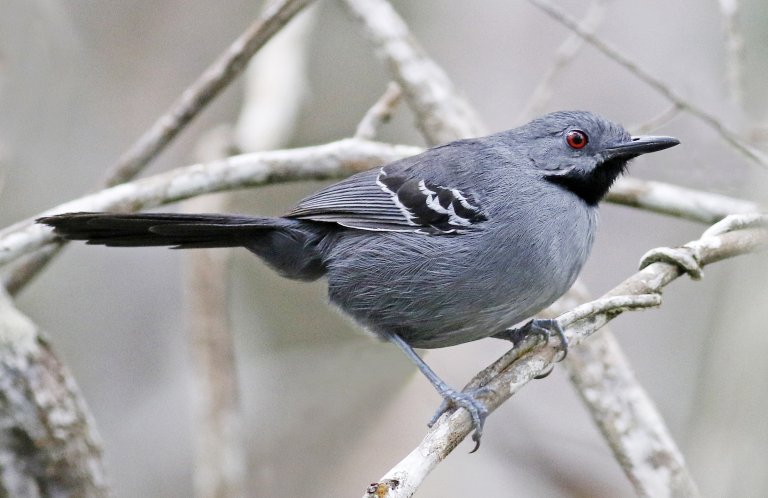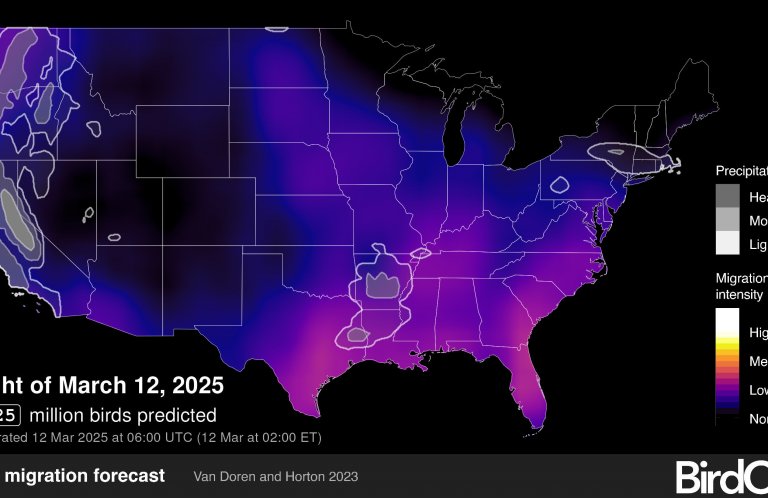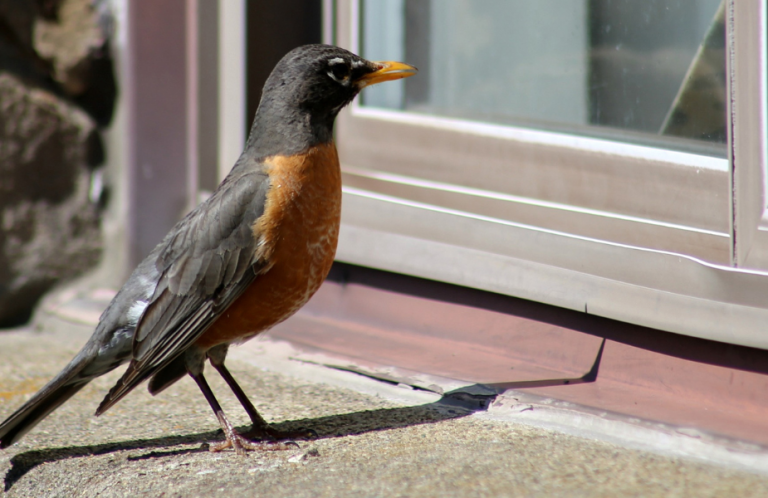To Save Birds, Change Rules on Wind Turbines
When the Department of Energy released a report this spring championing the construction of larger, more-powerful wind turbines, the wind industry unsurprisingly greeted the news with enthusiasm.
By extending the “hub-height” of turbines up to 360 feet, the chief executive of the American Wind Energy Association said, wind energy could expand to all 50 states.
Less ardent was the association's response to well-documented concerns by scientists over the half-million birds that die each year from collisions with existing turbines: Some migrating birds, a spokesman said, fly too high to be harmed by rotor blades.
Indeed. Some birds do fly very high. But far more travel at the very altitudes that would put them at greatest risk of colliding with these taller turbines. The risk is especially high during spring and fall, when migrating birds take to the skies in billions, many traveling vast distances between their wintering and breeding grounds.

Scientists estimate that wind turbines kill roughly a half-million birds each year. Photo J. Marjis/Shutterstock
A recent report from the U.S. Fish and Wildlife Service calls into question the wind industry's assertion that birds fly well above wind turbines' rotor blades. Using radar, researchers examined fall migration at two locations in Michigan. They found that the greatest density of birds and bats migrating at night occurred from 300 to 500 feet above ground. That's almost directly at hub-height for the new generation of giant turbines.
Birds and bats “don't have fixed lanes up there in the sky,” says Jeff Gosse, regional energy coordinator for the U.S. Fish and Wildlife Service in Bloomington, Minn., and the report's principal investigator. For instance, during poor weather, birds tend to fly lower. “As conditions change, they will change their altitude, also. As the report indicates, many birds and bats are flying within the current rotor swept zone.”
Before we rush to build thousands of turbines taller than many skyscrapers, with blade tips that often spin in excess of 100 miles per hour, we should pause to examine what we already know about turbines' effects on wildlife. Concerns about birds — and bats, which turbines also kill in large numbers — have not gone unnoticed. (The Department of Energy report euphemistically acknowledges the need to address “additional interactions with wildlife.”)
Yet we already know what these “interactions” are. While existing wind turbines kill hundreds of thousands of birds annually, the projections are even more sobering: Scientists have estimated that as the number of turbines increases, they could kill more than a million birds each year by 2030.

Migrating songbirds, waterbirds, and raptors like this Golden Eagle are at risk of colliding with wind turbines. Photo: dirjr/Shutterstock
Meanwhile, a recent ABC analysis based on federal data found that more than 30,000 turbines have been installed in areas critical to the survival of federally protected birds — with an additional 50,000 turbines planned for construction in similar areas.
In Pennsylvania and New Jersey, 892 wind turbines have been built as of January, with an additional 1,274 proposed, the analysis found. More than 600 of the existing turbines — and 744 of proposed turbines — are located in some areas found to be of the highest importance to birds in the two states because of migratory use, or because they contain sensitive habitats. Of the proposed turbines for the two states, four would be in critical concern areas, and 32 others would be located within 10 miles of such areas. Some would be a few hundred yards away.
There are steps we can take to ensure wind energy follows "bird-smart" principles. Building wind turbines away from heavily traveled bird migration routes such as the Atlantic coastline or in the Great Lakes region would help to lessen the fatal collisions. So would temporary shutdowns of turbines during peak migration periods in the spring and fall.
Keeping turbines away from core habitat where imperiled birds breed is also important. Another recent study published by the journal Condor shows that Greater Prairie-Chickens — rare birds that gather each year for mating displays — are more likely to abandon these courtship grounds when they are close to wind turbines.

New research indicates that Greater Prairie-Chickens are more likely to abandon their courtship grounds if wind turbines are nearby. Photo: Noppadol Paothong
These are all realistic goals. The Federal Aviation Administration (FAA), for instance, already uses a database to make sure wind farms aren't built in places where they would interfere with aircraft. The U.S. Fish and Wildlife Service is well-equipped to do for birds and other wildlife what the FAA does for planes. The agency's biologists know where birds occur, how they migrate, and which areas harbor protected species such as the California Condor and Whooping Crane.
Developing renewable energy sources is important. But right now, our policies treat birds and other wildlife as collateral damage in that quest. As the wind industry prepares to take turbines to new heights, the death toll for birds will only intensify.
Science tells us our current approach to wind development is killing hundreds of thousands of birds each year. The good news is that we also have the tools to do better.
 Mike Parr is ABC's Chief Conservation Officer. An earlier version of this story was published in the Philadelphia Inquirer on June 2, 2015.
Mike Parr is ABC's Chief Conservation Officer. An earlier version of this story was published in the Philadelphia Inquirer on June 2, 2015.


















































